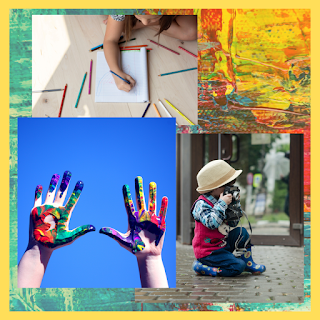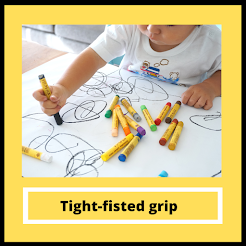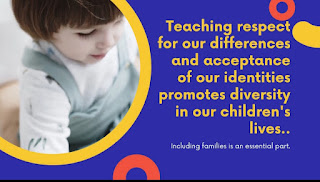Drawing, painting, and photography for children
In this post, I want to concentrate on useful tips to introduce children to drawing, painting, and photography. In my experience, these forms of art are very interesting for children and they love to practice them. There are other areas of art expression like music, dance, and theater that are also interesting for them contributing efficiently to their physical, socio-emotional, and cognitive development as they grow and mature. So, I suggest parents and caregivers explore the child's interests in arts to encourage them appropriately to respect what they want and like.
Drawing first
In my experience as a kindergarten teacher, children are exposed to crayons, colored pencils, and paper when they are young, in their homes before attending school, and as soon as they attend preschool and kindergarten. That's the reason I want to expose drawing as the first art activity for children without ignoring the real interest or exploring if there is no interest at all. Avoid pressuring children to do something in arts if they do not express interest at the moment. There are a lot of activities that they can practice to be creative. Just take your time to do some exploration.
Most children love drawing, using different colors, forms, and mixes sharing their ideas and experiences. As parents and caregivers, praise and encourage them to continue practicing drawing. It is important to notice how the child grabs the pencil or crayon to teach the correct handgrip.
Below are two images of grips in the drawing. The first one shows the correct and classic grip, which needs to be encouraged and praised. The second one shows the tight-fisted grip, which needs to be corrected and changed with patience and repetition until the child learns it. The good news is that it will last for your entire life.
For young children, encourage them to lines, curves, and dots using different colors. Play art with them avoiding rushing and forcing. Make it fun and engaging. Make a conversation about what the child is drawing and try to make a story about the drawing encouraging the child to add other details to the work. Let the child create and develop a purpose and meaning for their drawing and praise their ideas.
With practice, maturity, interest, and knowledge, the child must be enrolled in drawing classes to learn other strategies, principles, and techniques of drawing.
Painting
Painting is the number one activity for most of the children I teach. Like many other creative activities, painting for children is an opportunity to express emotions, and experiences, use their senses, and explore colors, forms, processes, and outcomes. It is essential to consider the use of non-toxic materials and safety practices.
Showing other people's art helps children to get inspired and increase their interest and engagement. As explained in the drawing activity, remember to encourage appreciation and respect for those works. Also, allow children to paint what they want and how they want it, including the use of brushes or fingers. For young children use large pieces of paper, a variety of brushes of different sizes, and small quantities of paint to avoid spills. Provide a variety of containers where the children can mix colors and discover new knowledge and experiences.
Take into consideration of the physical abilities of children when placing the materials. Pay attention to the height of tables, chairs, and easels. If children want to stand and paint, allow them! To make the activity more engaging, try to begin a conversation about the colors the child used, ask questions, and wait for them to answer. Avoid pressure, interruptions, and interference.
Painting is a creative activity highly recommended for parents and caregivers because provides a meaningful connection with the child. Just observing while they paint, you get a lot of important information about the child. Painting is another activity that supports development and learning!
Photography
Photography requires more techniques and skills when compared to drawing and painting, but it could be introduced to young children. Parents and caregivers can purchase an inexpensive child-proof camera and plan for different activities. For example, name a certain color and encourage children to take pictures around the house or outside of objects of that color. The same activity could be done with objects that start with a certain letter or objects that start with the letter of their names.
Young children need simple activities. Allow children time for practice. Provide your feedback encouraging their creativity pointing out all they are doing well.










